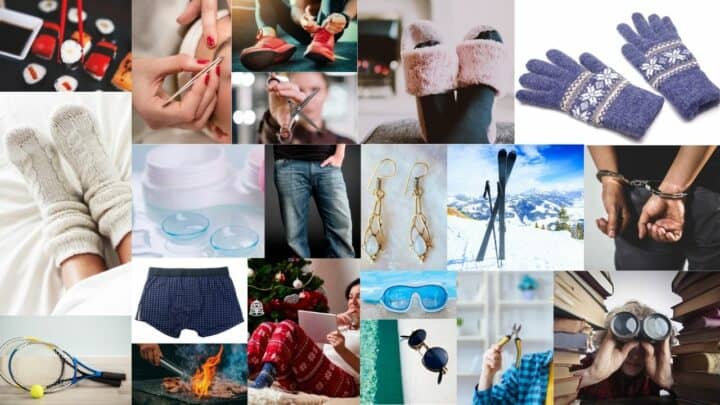In English, some nouns need to be referred to as “a pair of something” rather than just being called directly with their names.
In our post today, we list twenty different items that come in pairs.
On top of that, we also provide example sentences for easier understanding.
All the items in our list are likely encountered in day-to-day conversations and interactions with people around and, hence, practical.
Let’s begin by going over these things quickly.
What are some of the things that come in pairs?
- Shoes
- Socks
- Gloves
- Slippers
- Chopsticks
- Pajamas
- Skis
- Earrings
- Contact lenses
- Rackets
- Glasses
- Binoculars
- Pants
- Tweezers
- Pliers
- Scissors
- Goggles
- Handcuffs
- Underpants
- Tongs
The concept of pairing in English
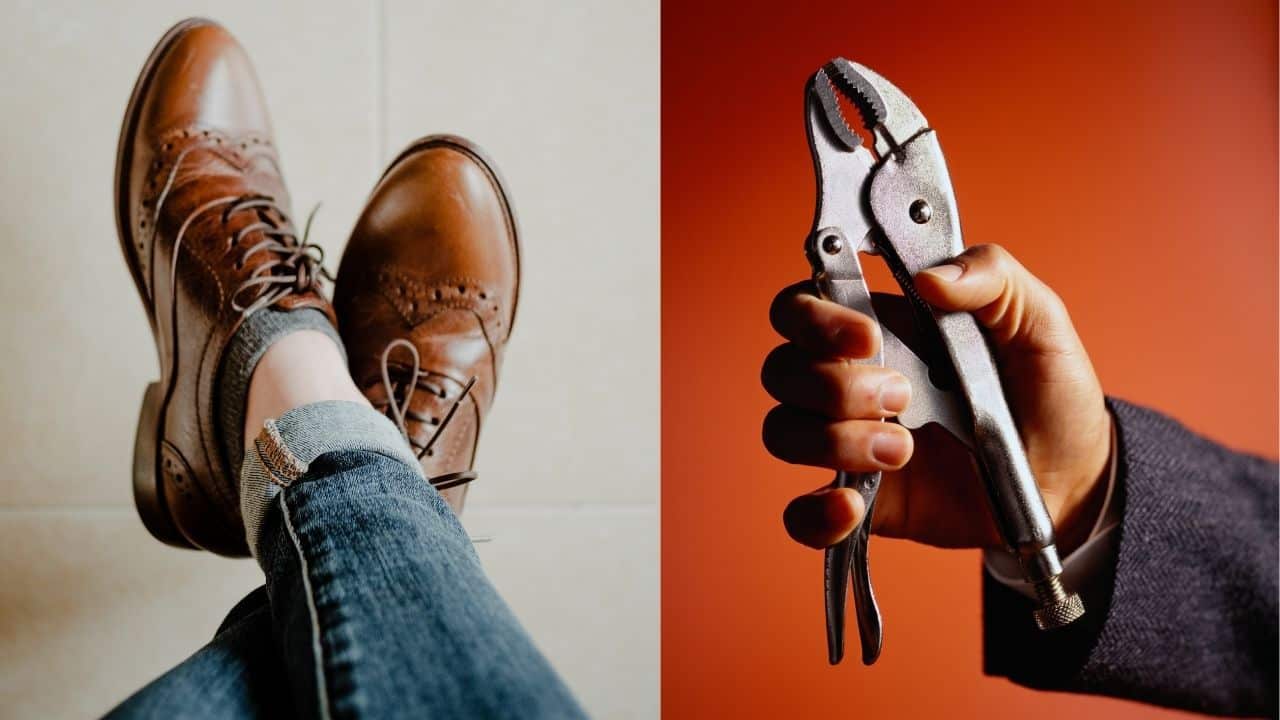
As the rise and spread of English as a global language continue to bridge the gap between and among elusive cultures, language uncertainties also become inevitable.
The concept of pairing in English means having two identical parts that likely work together as one, notwithstanding whether these parts are made up of separated or connected units.
When two units of an item are physically detached from each other but cannot serve their purpose without the other like shoes and socks, that item is considered a pair.
Meanwhile, single items with two identical parts that are physically attached by a joint, such as scissors, pliers, and sunglasses, are also regarded as pairs.
Moreover, the individual part of an item that comes in pair is also called “the pair” or “the other pair,”, thereby making certain expressions tricky for many non-natives.
Apart from referring to these items as “a pair of something,” they may also be preceded with phrases like “a match of,” “a couple of,” “a combination of,” or “a team of” something.
Grammatical background on things that come in pairs
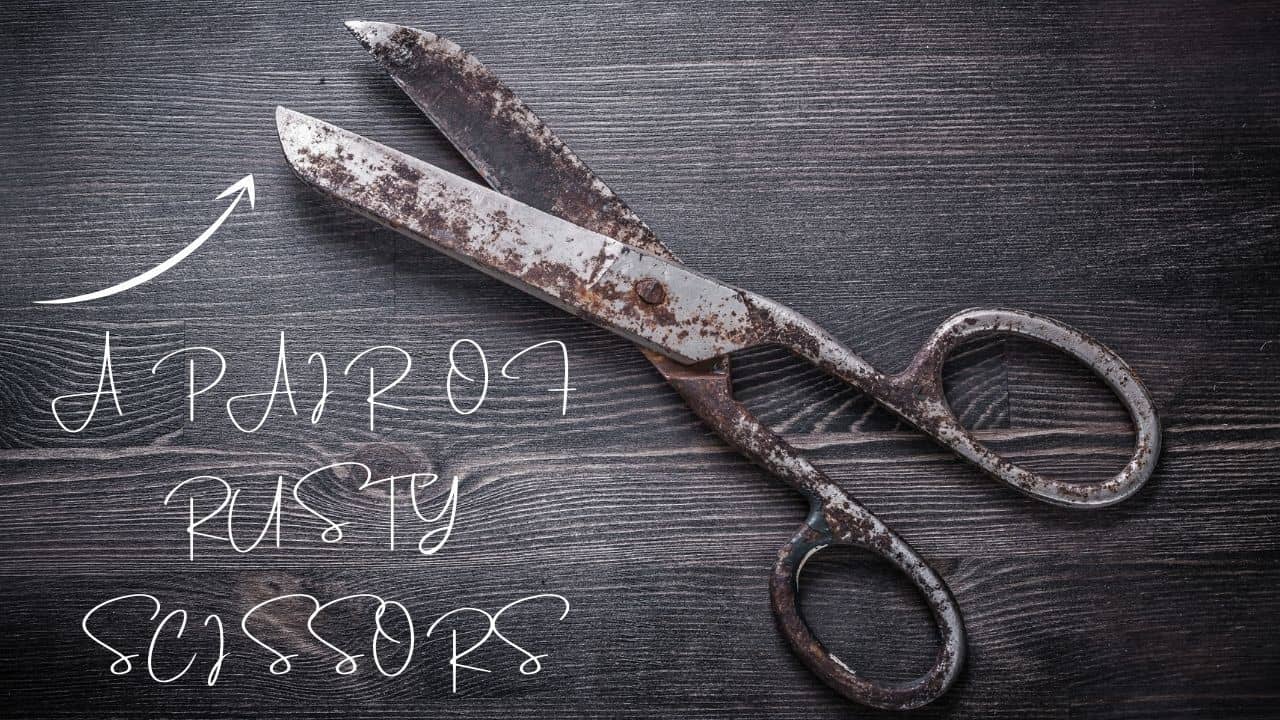
Nouns can be tricky because they entail the concept of grammatical numbers. For example, it is quite confusing how and when to use “candy” or “candies” in speech.
In addition, some words also make use of special pluralization rules. For instance, the plural of “no” can either be “noes,” “no’s,” or “nos” depending on the writer.
To make matters worse, nouns are also sometimes more specifically quantified using certain words for the sake of having a more accurate conveyance of thought.
Technically called a quantity noun, the expression “a pair of” is usually followed by another noun that is in plural form, such as in the phrases “a pair of scissors” and “a pair of skis.”
However, adjectives may also be inserted before the plural noun to further specify the idea being conveyed, such as in the following examples:
Examples:
A pair of denim pants
A pair of rusty scissors
A pair of pale, blue eyes
A pair of trotting footsteps
A pair of well-polished boots
A pair of dirty, tattered shorts
Counting pairs of items is done by adding a number or determiner before the phrase “pair of,” such as in “two pairs of jeans” or “five pairs of socks.”
Note that the word “pair” needs to be pluralized by adding the suffix “-s,” thereby making the word “pairs” if and when the items being described are more than one.
This rule is also true when forming the plural of “attorney” in which the suffix “-s” is also directly added rather than changing “-y” to “-i” and adding “-es” afterward.
If one of the two parts is missing, we can say “the pair of that item” is gone; for example, when looking for the other piece of a sock, you can say “Where is the pair to this sock?”
When the pair being sought is part of a single piece of an item with two connected parts, such as the other handle of a pair of scissors, then we may refer to it as “the other part.”
That is to say, the word “pair” can be interpreted in two ways, in which the first one means “a collection of two identical units” while the other is “the counterpart of an item that comes in a pair.”
A multitude of items can be identified as pairs in English, which means that it is nearly impossible to include all of them in a single post.
So, we have listed some of the most common pairs of things that can be used in daily conversations in the next section.
A list of twenty things that come in pairs and example sentences
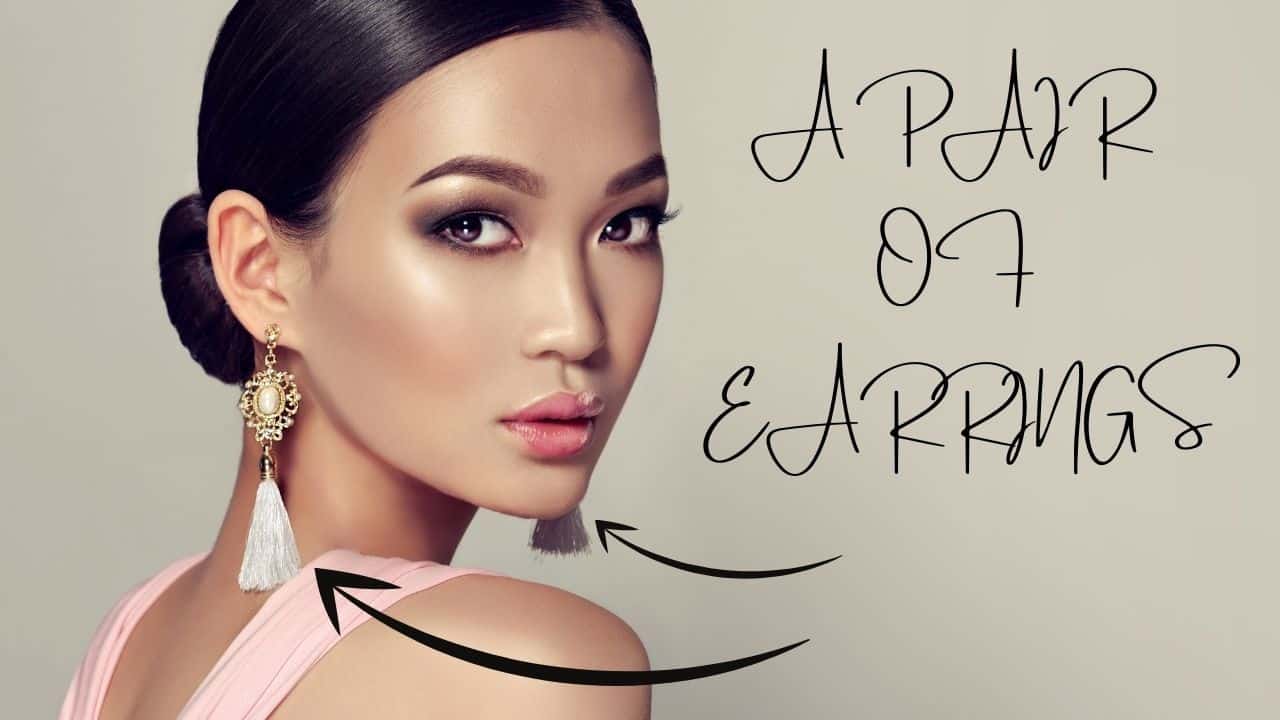
Most things that are regarded as pairs can be easily identified because of our pre-existing knowledge about the two indistinguishable units or parts of those things.
That said, we would automatically know that certain things must come in pairs if we can perceive them with our sensory organs.
However, some other pairs of things also have other implications such as “a pair of doves” whose figurative meaning is related to love, friendship, and peace.
But then, again, most pairs of things that are known to many of us are those that are either made up of two identical, yet separated, units or two identical, yet connected, parts.
Pairs that come in two individual parts
Many pairs of things come in two individual units or pieces but are typically used together because they are also needed for certain body parts that come in twos.
As humans are anatomically designed to have a set of two ears, feet, hands, et cetera, the materials that are used for these body parts naturally come in pairs too.
Here are some of the most common pairs of things that are made up of two separate units but are physically identical in appearance:
1. A pair of shoes

“A pair of shoes” refers to any type of human footwear such as sneakers, boots, espadrilles, peep-toes, and stilettos.
If one aims to specifically identify the type of shoes in speaking or writing, the phrase “a pair of boots” or “a pair of stiletto” may also be used.
Example:
2. A pair of socks
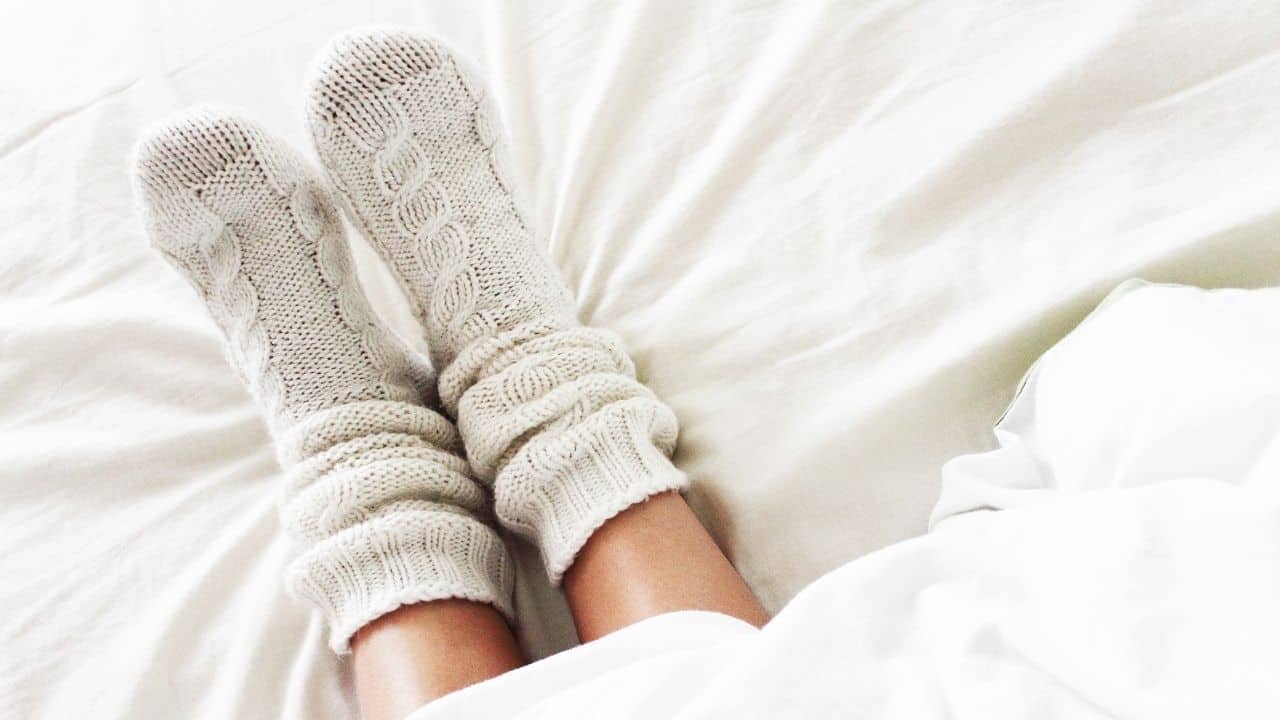
“A pair of socks” refers to the set of two pieces of garment used as a protective covering for the lower leg part and feet.
Example:
3. A pair of gloves
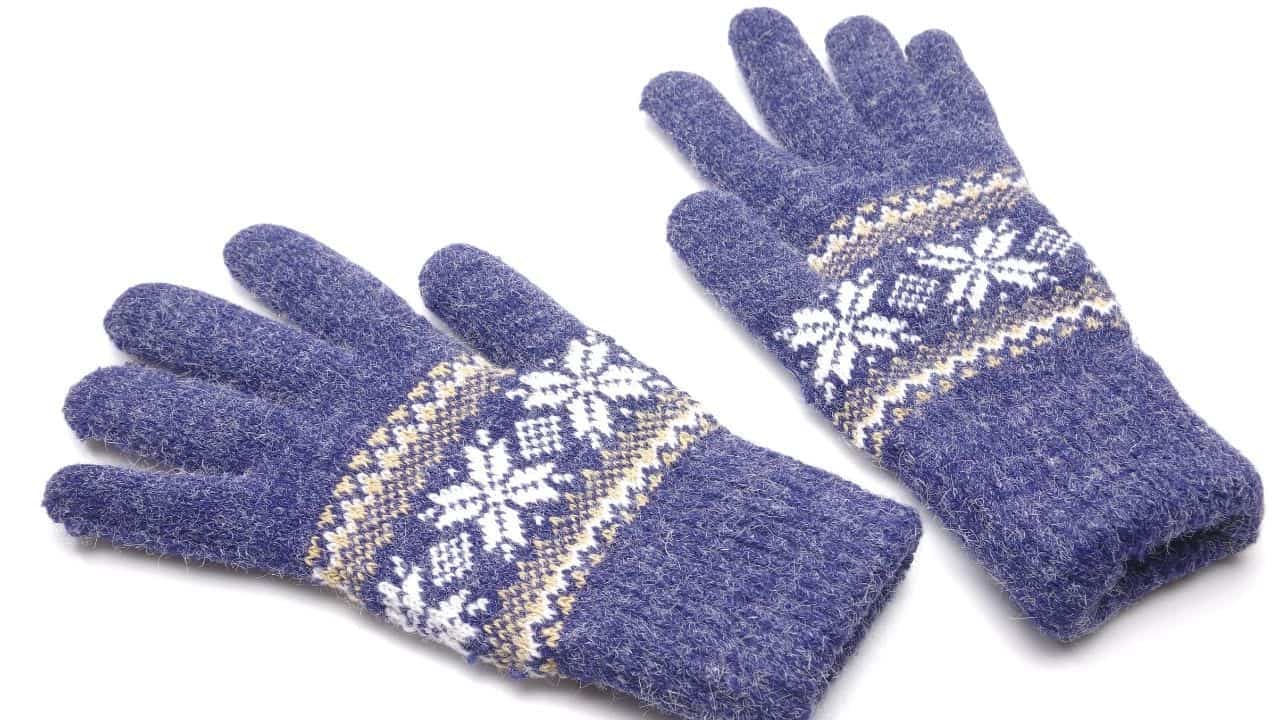
“A pair of gloves” is also a material used to cover the hands against high and low temperatures, dirt, germs, or harmful fluids.
Example:
4. A pair of slippers
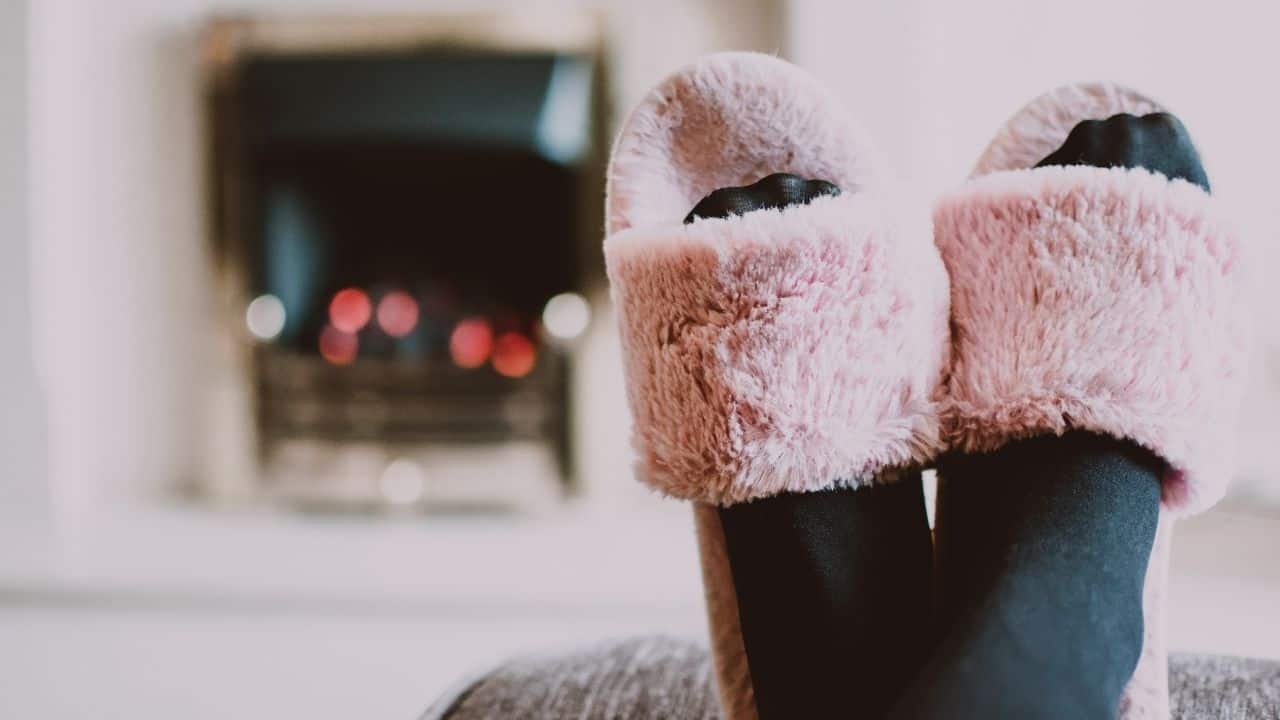
Meanwhile, “a pair of slippers” refers to the type of footwear that can be worn more easily than shoes, particularly because of the design and materials used.
Slippers are generally used for indoor purposes or when doing activities that do not necessarily require severe physical exhaustion such as walking.
Example:
5. A pair of chopsticks

The expression “a pair of chopsticks” refers to the two pieces of eating utensils that originated in China which are mainly used in many Asian countries.
Chopsticks are made up of wood, plastic, or steel that are equal in length that enables the user to eat slowly and carefully.
Example:
“A pair of pajamas” is the type of clothes people wear while sleeping. Usually made up of a loose pair of pants and shirt, pajamas are generally comfortable to wear.
While “pajamas” is the American English variant, the spelling “pyjamas” is meanwhile used in British English.
Example:
7. A pair of skis

“A pair of skis” refer to the winter sports equipment used to slide over snow, particularly from an elevated area going downhill.
Example:
8. A pair of earrings
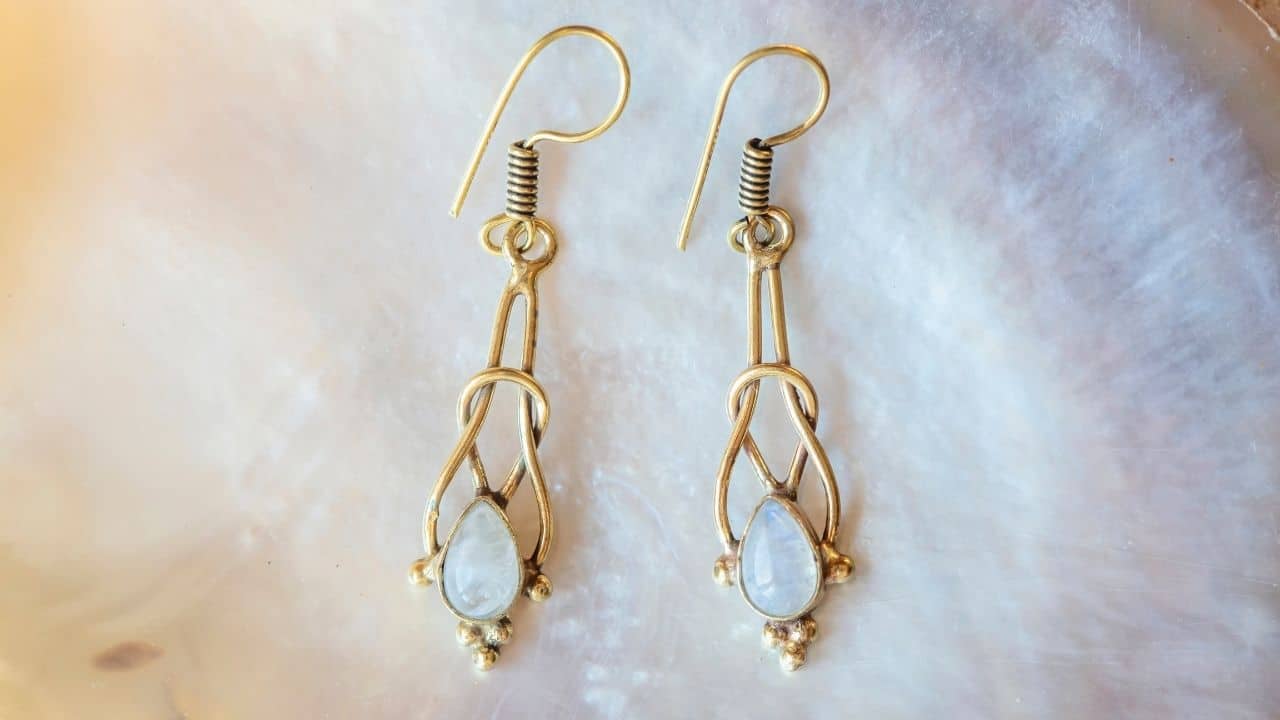
“A pair of earrings” refers to the set of accessories usually worn by women on the ears to symbolize femalehood.
Example:
9. A pair of contact lenses
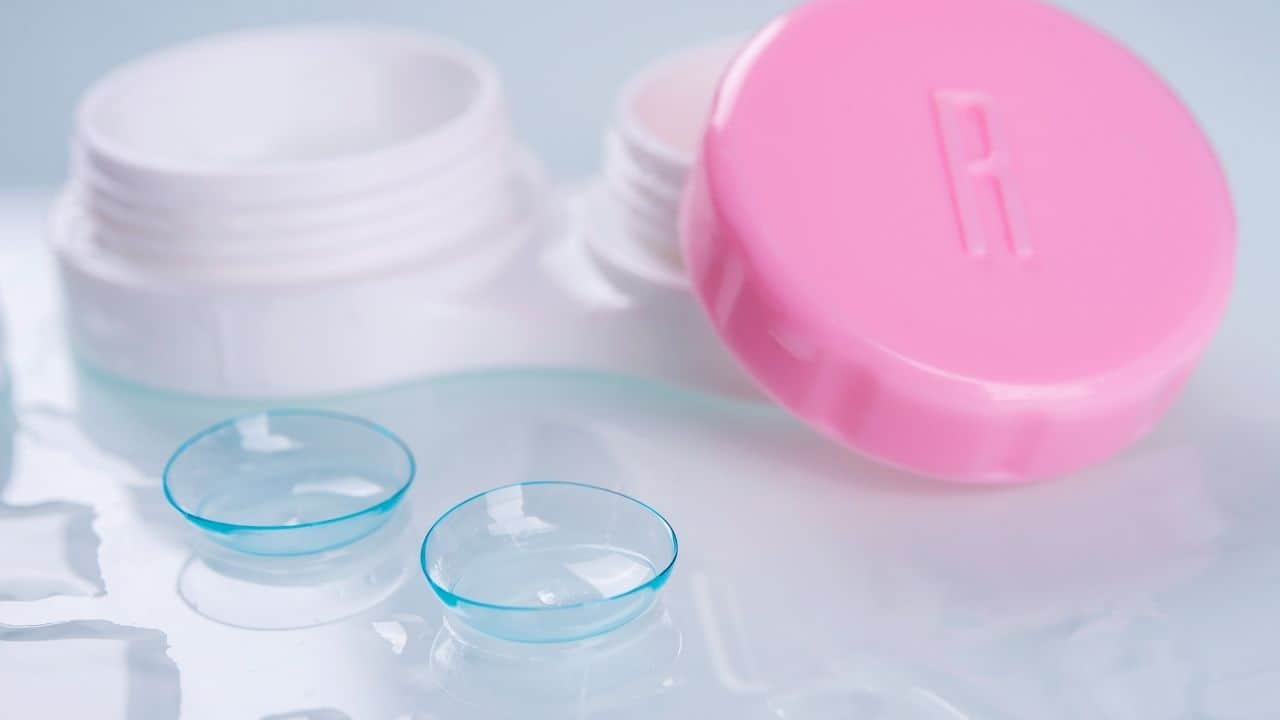
Made of certain kinds of plastic materials, contact lenses, or simply “contacts,” are used either for visual correction or beautification.
The phrase “a pair of contact lenses” or “a pair of contacts” refers to the set of two lenses worn on the surface of the eyes.
Example:
10. A pair of rackets
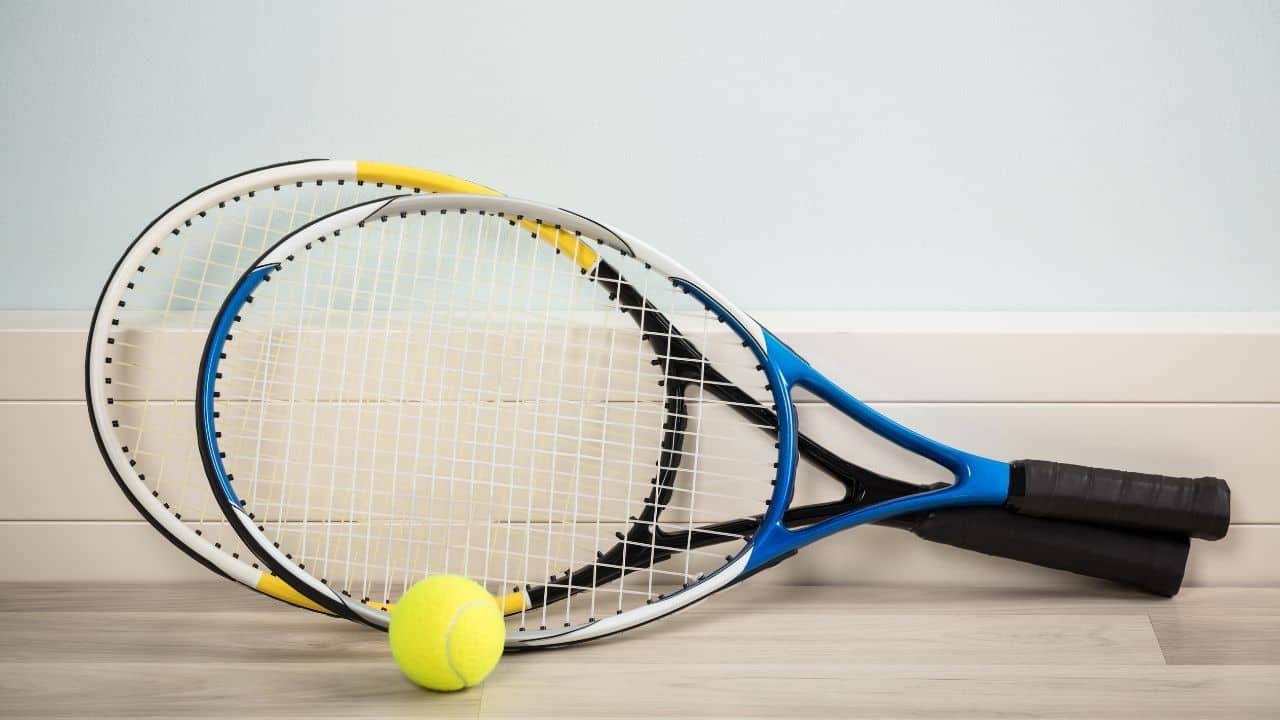
Also in sports, “a pair of rackets” refer to the netted material used for hitting or striking a ball towards the opponent.
Example:
Pairs that come in two connected parts
Some body parts are also located so close to each other and are linked by a common joint, such as the eyes, shoulders, arms, legs, and so on.
Therefore, the items that are used for these certain parts are also connected at a common juncture or intersection.
Listed below are several things that are attached or bound at some point to serve their purpose:
11. A pair of glasses
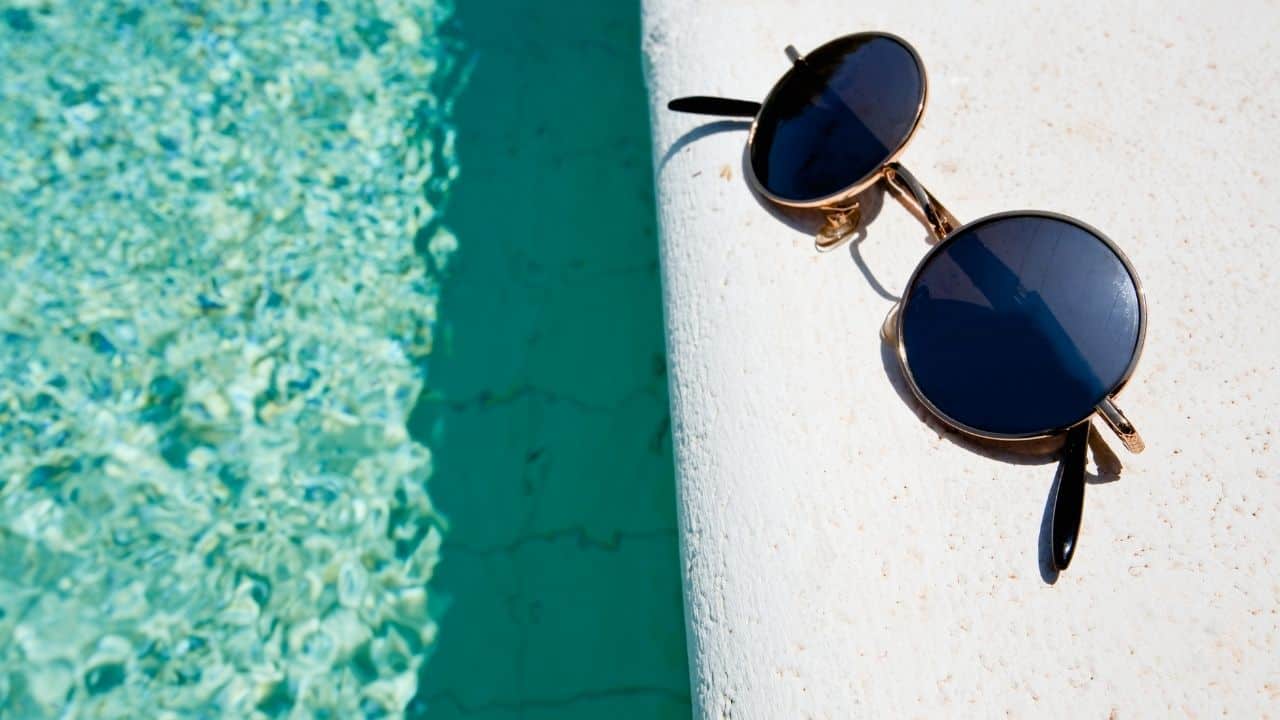
“A pair of glasses” does not refer to the liquid container used for drinking. The word “glasses” is the shortened form of either “sunglasses” or “eyeglasses.”
Example:
12. A pair of binoculars
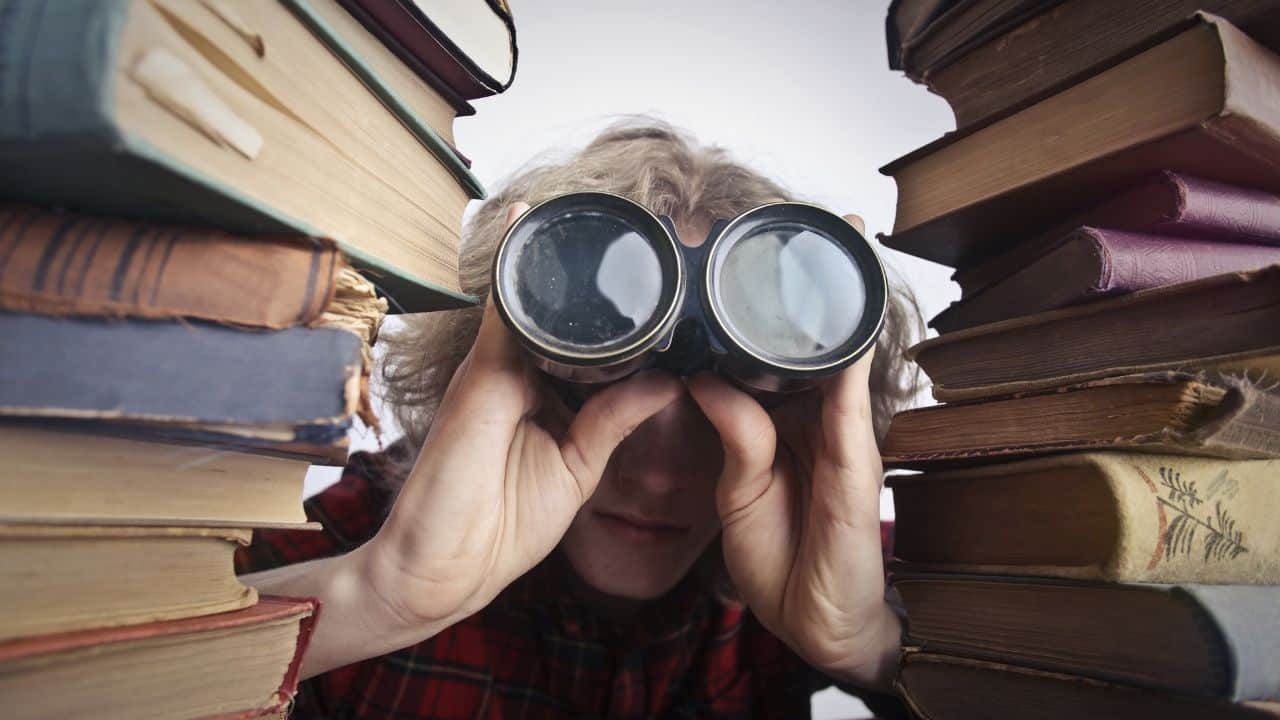
Although a single item, binoculars are made up of a pair of two lenses that enables the user to view objects at a distance; hence, the item is precisely referred to as “a pair of binoculars” in English.
Example:
13. A pair of pants
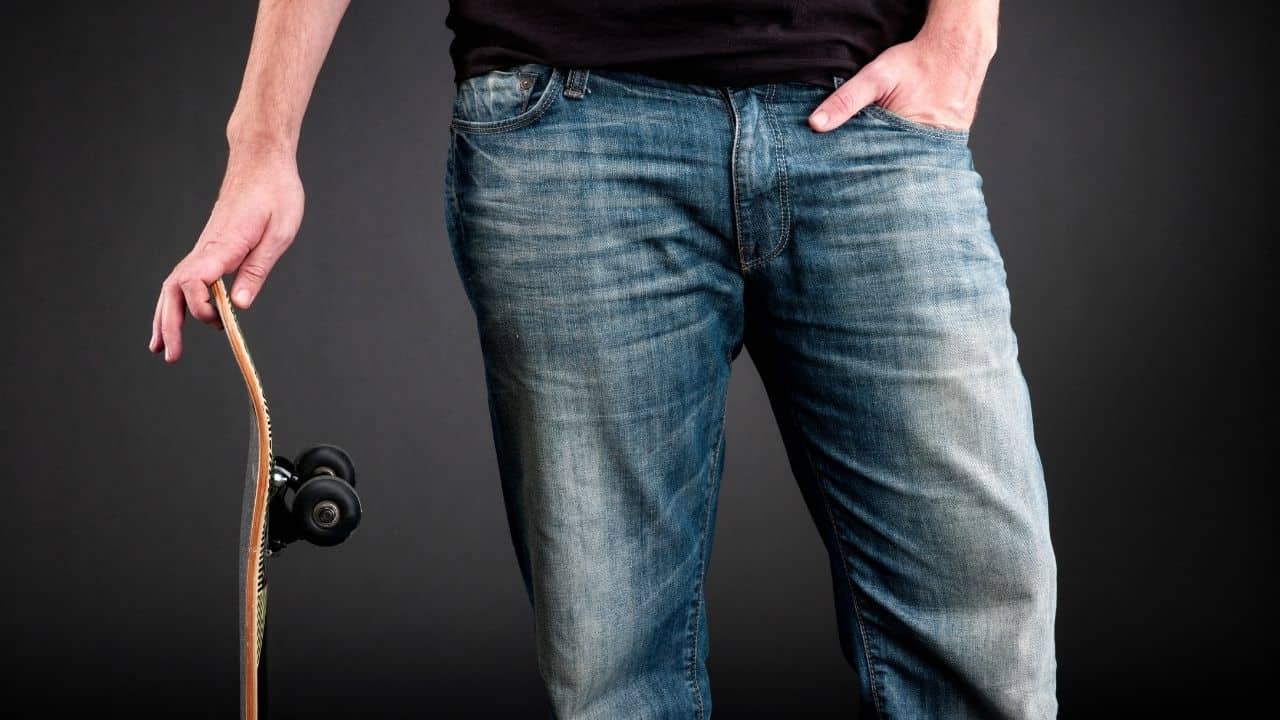
“A pair of pants” may also be more specifically called “a pair of jeans” or “a pair of slacks” depending on the type of material it is made up of.
In British English, the expression “a pair of trousers” is more conventionally used, although “a pair of pants” will still be generally understood by most people.
Example:
14. A pair of tweezers

“A pair of tweezers” is a phrase referring to the small tool made up of steel that is used for picking and grasping small objects.
Example:
15. A pair of pliers

“A pair of pliers” refers to the tool used for bending, holding, or cutting metals, wires, and other materials. Two levers that are joined at a fulcrum allow the user to grip the tool.
Example:
16. A pair of scissors
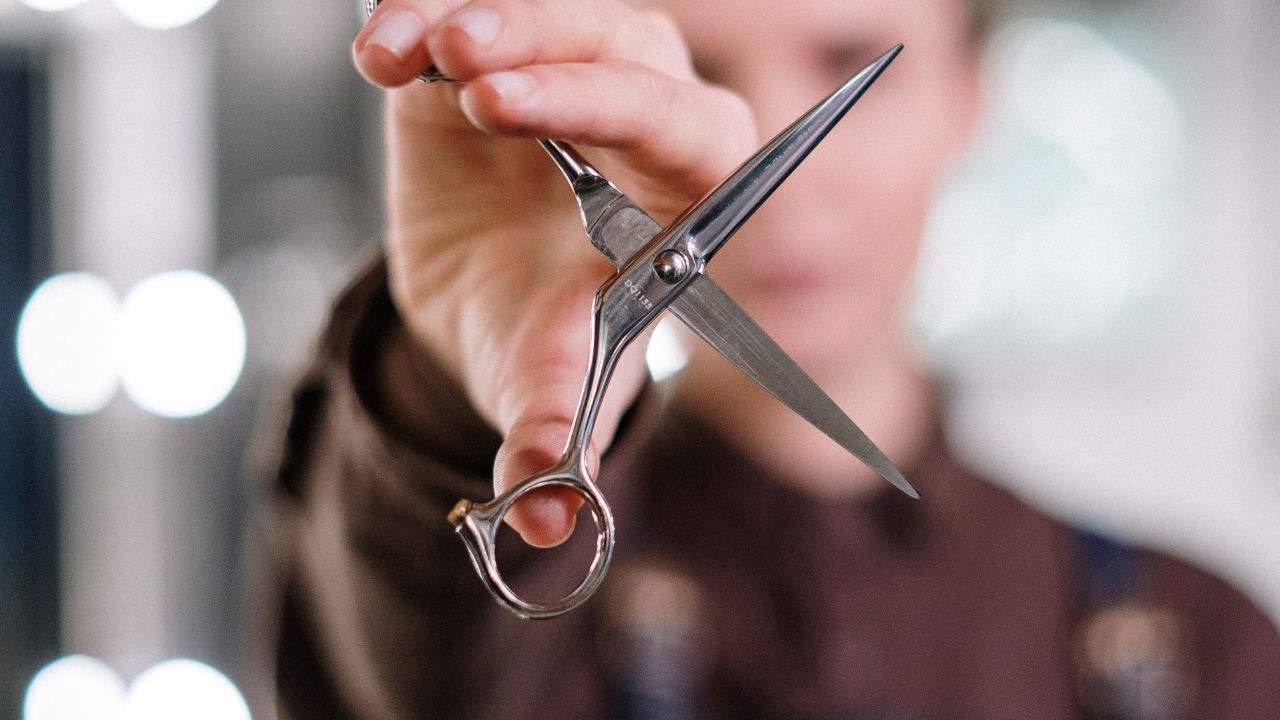
Just like pliers, “a pair of scissors” is also a tool often used for cutting objects that are softer than metal.
Example:
The victim was only armed with a pair of scissors and a pot lid during the burglary.
17. A pair of goggles
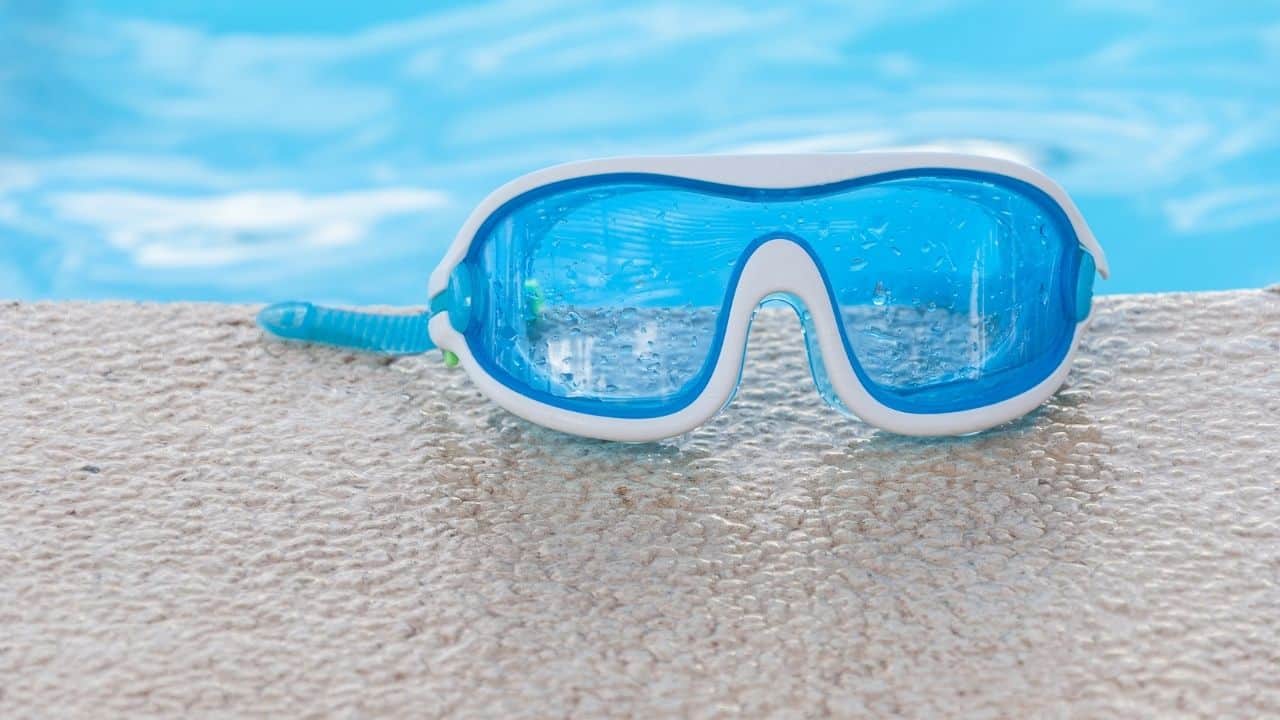
“A pair of goggles” refers to the type of eyewear used to protect the eyes and their surrounding areas.
Goggles are often used while swimming or doing laboratory activities that involve harmful chemicals.
Example:
18. A pair of handcuffs

“A pair of handcuffs” is a phrase that refers to the two pieces of metal rings attached by a metal chain. It is used for securing the captive’s hands.
Meanwhile, “a pair of legcuffs” is used for securing a captive’s legs so as to prevent it from escaping.
Example:
19. A pair of underpants
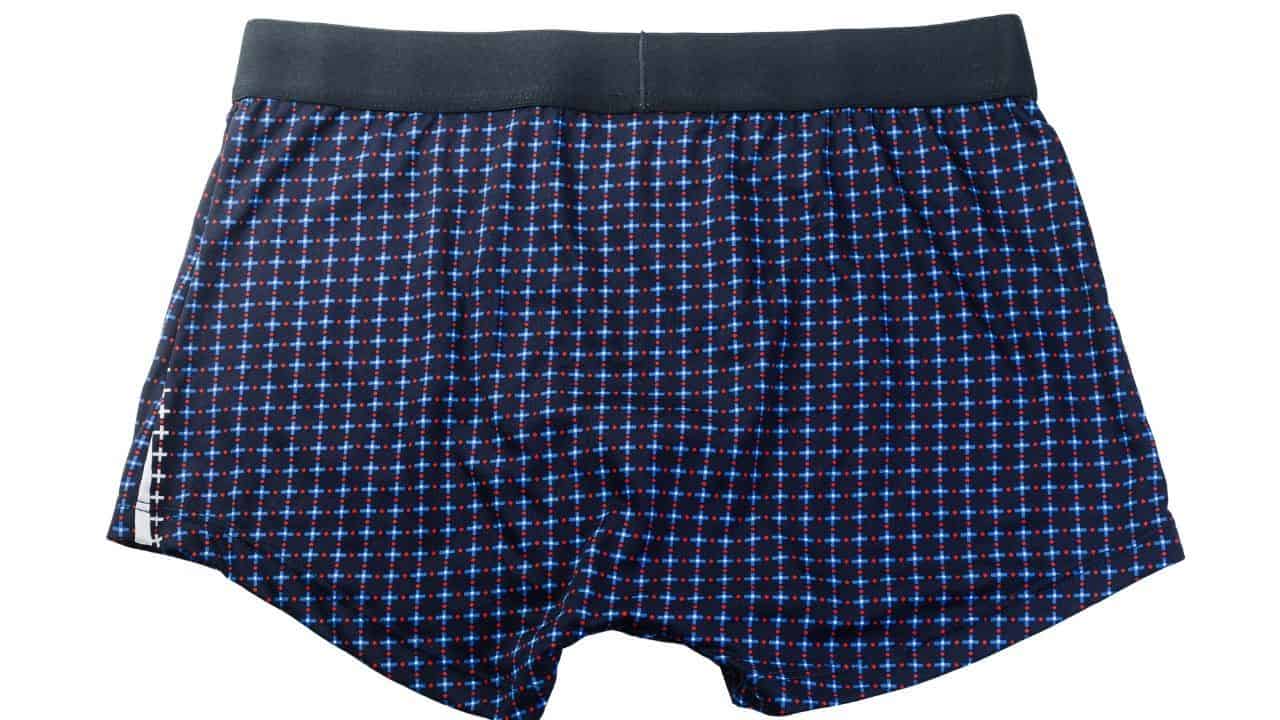
In American English, “a pair of underpants” refers to either a male or female’s underwear; however, in British English, this phrase only refers to a male’s underwear.
Example:
20. A pair of tongs

“A pair of tongs” refers to the culinary tool used for gripping or holding ingredients so as to avoid direct contact with heat.
Example:
Frequently Asked Questions on “Things That Come in Pairs”
Can we say “a pair of underwear”?
Although understandable, the phrase “a pair of underwear” is not used in English. Instead, natives say “a pair of panties, underpants, knickers, or boxer shorts” to refer to the undergarment used by people.
What are some of the things that go together like “salt and pepper”?
Some things that go together or “matching word pairs” include “peanut butter and jelly,” “macaroni and cheese,” “spoon and fork,” “bow and arrow,” and “fish and chips.”
What is the difference between a “set” and a “pair”?
A “pair” needs to be made up of a set of two identical items or elements such as “a pair of socks” or “a pair of pants.” Meanwhile, a “set” can be made up of two or more identical or non-identical parts or elements, such as “a set of legos” or “a set of fruits”.
Conclusion
Some words that are used to quantify certain nouns like the word “pair” may sometimes confuse non-native English speakers because the concept may not exist in their native language.
However, we cannot deny that the beauty of the notion of quantifying or measuring nouns is extremely useful in representing our thoughts more precisely.
That’s all for now, dear Linguaholic! Hope to see you again soon!

Hey fellow Linguaholics! It’s me, Marcel. I am the proud owner of linguaholic.com. Languages have always been my passion and I have studied Linguistics, Computational Linguistics and Sinology at the University of Zurich. It is my utmost pleasure to share with all of you guys what I know about languages and linguistics in general.

